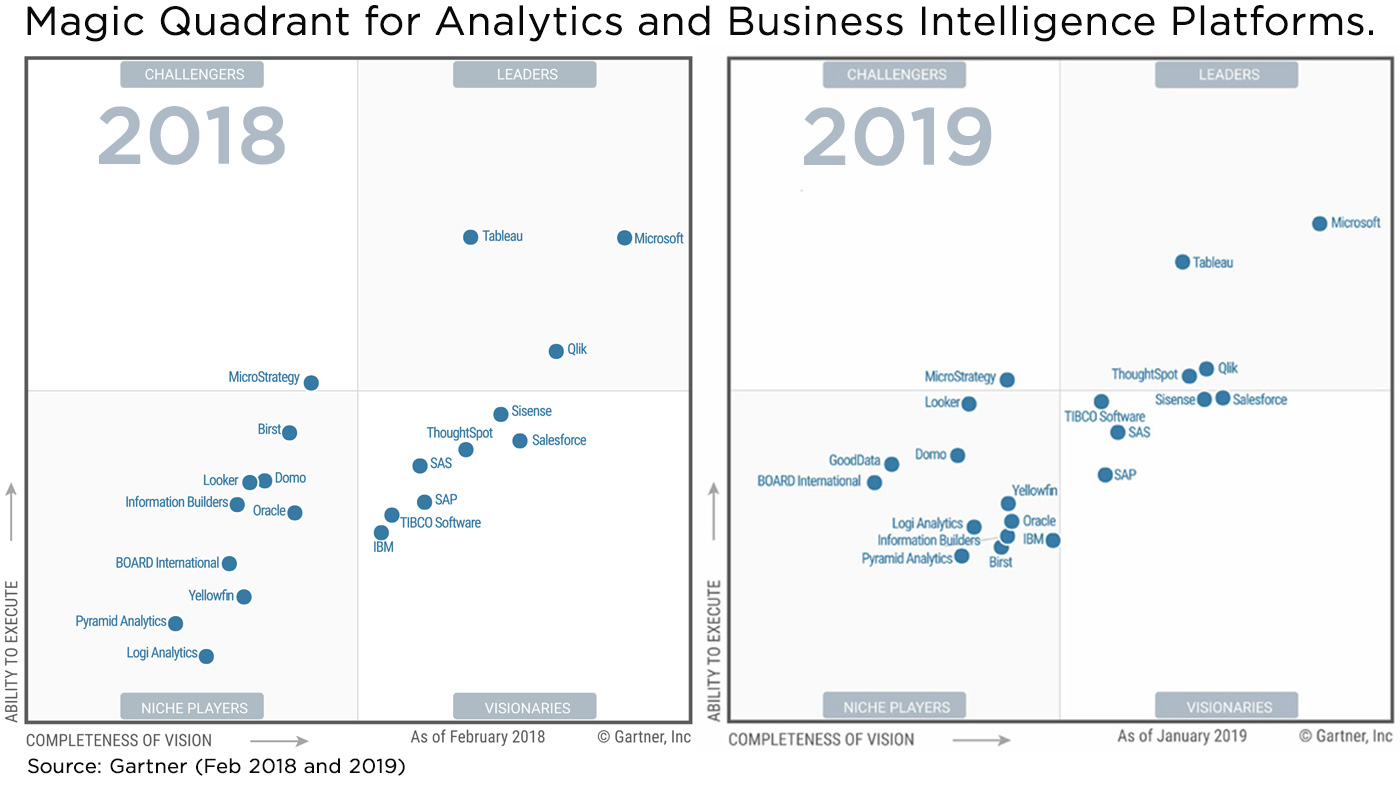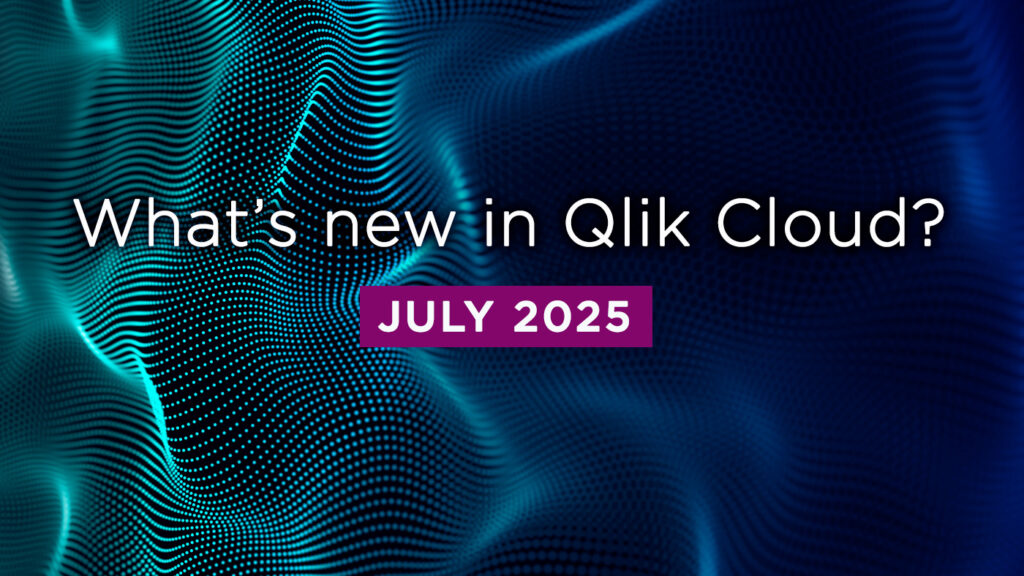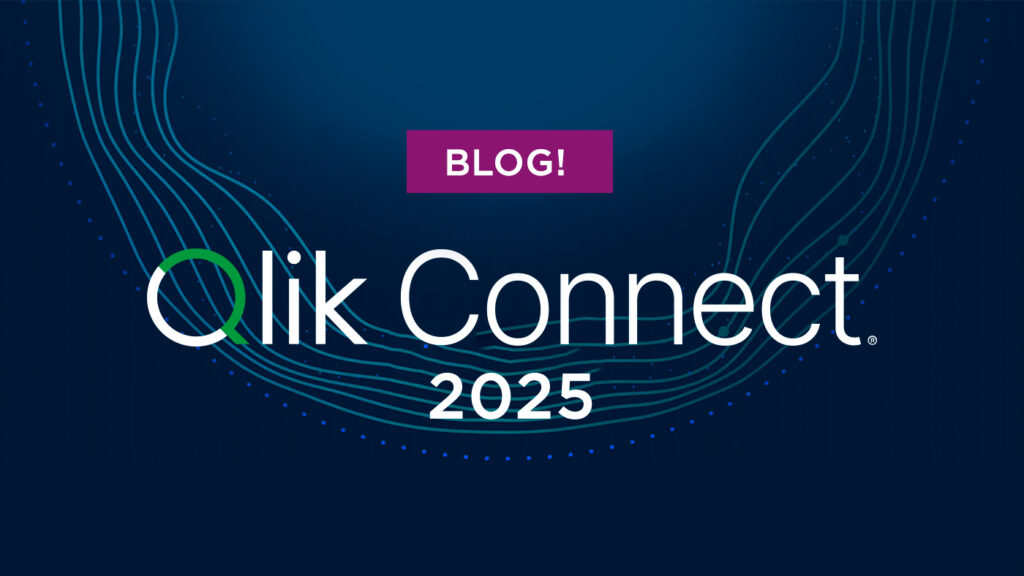Is “good enough” enough for Gartner?
– Olof Malmström’s view on this year’s Magic Quadrant –
The new Gartner Magic Quadrant for Analytics and Business Intelligence Platforms is here. In the Leaders Quadrant this year, we see four players: Qlik, ThoughtSpot, Tableau and Microsoft.

For you who are unfamiliar with the MQ, this is how the Gartner Magic Quadrant (MQ) works.
Diving into the report
Gartner defines Modern Analytics and business intelligence platforms as characterized by easy-to-use tools that support the full analytic workflow — from data preparation and ingestion to visual exploration and insight generation. The emphasis is on self-service and agility.
When evaluating the products Gartner starts with a set of Planning Assumptions. “Augmented Analytics is the dominant driver of new purchases by 2020” and “search, natural language processing or voice will be the most common way of asking analytical queries”. They also assume that the number of analytical experts in the business units will grow three times the growth rate of experts in the IT departments.
THE LEADERS
Microsoft is not moving, still solid at the top with a “comprehensive and visionary product roadmap”. Microsoft are on all shortlists when evaluating BI tools and the IT departments are usually Microsoft friendly. On the downside, Microsoft BI involves multiple products with little integration and their cloud offering is Azure only.
Tableau drops a bit but is a Leader, thanks to the popularity of its product, high customer satisfaction scores and a strong roadmap. Easy to use without the need of coding, having a fanatic user base and a strong momentum in the market. On the downside, Tableau lack support for querying multiple fact tables and complex schemas in a single data source, the decline in quality of support and problems with moving from perpetual to subscription-based licensing model.
ThoughtSpot has moved from the Visionaries Quadrant to the Leaders Quadrant, thanks to strong execution, high customer satisfaction scores and rapid innovation. They provide Google-like search in data with Natural Language and AI at scale. ThoughtSpot have a flexible price model and a high momentum.
On the downside, ThoughtSpot has gaps in data preparation, visual exploration, dashboards and architecture. Data must be prepared and cleansed using third-party tools, it lacks important chart types and dashboards are basic.
Customers use ThoughtSpot to complement other BI products as it does not fulfil the full spectrum of analytic and BI requirements. As a fairly new company they have limited partner network and to date, all deployments have been handled directly by ThoughtSpot itself. They only have 200+ customers.
Qlik’s position in the Leaders quadrant is partly attributable to its strong product roadmap, geographic reach and market understanding. Qlik has added Augmented features with the Cognitive Engine and the improved self-service capabilities together with the Insight Advisor helps users find useful insights faster with automated chart generation. Qlik’s scalable in-memory engine enables customers to build robust, interactive, visual applications with support for multiple data sources, complex data models and complex calculations. Qlik was first in having a vision for multi-cloud deployments managed in a single interface. Qlik continues to execute on its augmented analytics roadmap, as well as improve its data preparation and embedded analytics capabilities. Qlik has a large and active user community and score high on Gartner Peer Insights reviews.
On the downside for Qlik are its market responsiveness scores that are lower than those of other Leaders and the migration experience from QlikView to Qlik Sense where Qlik now has introduced new dual licensing models and new product features to bridge the gaps.
My opinion is that Qlik has made a marketing mistake in simplifying the QlikView to Qlik Sense journey and therefore customers expected that to be easier. They are two different products sharing the same core and scripting, but you should not try to build QlikView applications in Qlik Sense. You can reuse the scripts and all the measurement calculations, but you will not get a good user experience unless you look at solving the business problem in Qlik Sense rather than just trying to copy the layout of your QlikView applications. Here extensions by Vizlib can be helpful.
Where are Qlik heading?
To stay a leader for 8 years in the MQ, as Qlik has done, you need to constantly evolve. For Qlik that means constantly adding new capabilities in delivering a complete platform, being agile through innovation as well as committing to customer and partner success.
According to Qlik Statement of Direction 2019 they will focus on Democratization of Data, Augmented Intelligence and Embedded Everywhere. They will continue with the 10-week release cycle and the innovations will be within the areas of:
- Enterprise Data
Capabilities the largest enterprises in the world require for data management and big data analytics - Augmented Intelligence & Collaboration
Differentiating capabilities leveraging AI that drive data literacy and enable digital transformation - Enable the Developer
Offerings that enable developers to more rapidly build custom analytics applications that leverage the Qlik Associative Engine - SaaS Offerings
Tiered offerings delivered as full SaaS, on-premises, and hybrid multi-cloud - QlikView → Qlik Sense Journey
Features to accelerate dual-use of Qlik Sense and QlikView, supporting existing QlikView customers - Customer Success
Investments in product quality, customer driven enhancements, maintenance, security, and more.
»Our vision is to create a platform that is available everywhere,
provides an end-to-end set of capabilities from data to insight,
and drives a virtually unlimited set of smart user experiences
for all types of people.«
Qlik believes that instead of a “black-box” approach to AI, machine intelligence should work together with human exploration, enhancing discovery and data literacy. This powerful partnership between human and machine is possible only through the unique combination of associative and AI capabilities. They call it AI2, where Associative Indexing x Augmented Intelligence = AI2.
Qlik leads the way but aren’t rewarded by Gartner
Qlik are well positioned for the future and in my opinion not rewarded for what they achieve in the market in the Gartner Magic Quadrant. There are many tools on the market, but only Qlik has the Associative Engine and no other tool can combine data sources like Qlik. Add to that the development of the Cognitive Engine, Augmented Intelligence and their Data Literacy project. In my mind the other tools might be “good enough” but none of them will give you the insights that Qlik will.
Second, the bad vibes around the QlikView to Qlik Sense transformation have had a large impact on Qlik’s positioning. Yes, Qlik failed initially, but now the licensing issues are resolved and in the partner network there are partners like Climber with long experience of the transformation / co-existence journey.
I think Gartner makes a mistake when they focus too much on momentum, market buzz and market responsiveness instead of the ability to generate insights. To me it is a mystery how a tool such as ThoughtSpot with only 200+ customers can be in the Leaders Quadrant. Especially if compared with for example Qlik’s 48 000 customers and 100 000 community users, throughout 100+ countries.
/Olof Malmström
THIS IS THE CLIMBER BLOG
My name is Olof Malmström and I am a business consultant at Climber. Here on the Climber blog, I share my thoughts on a wide range of topics in Business Intelligence, data analysis and Qlik products. You can find me on Twitter @omalmstrom or email me at olof.malmstrom@climber.se.
Want to know more?
Samantha Hartley
Marketing & Content Manager
samantha.hartley@climber.se
+46 70 746 75 34
Olof Malmström
BI Manager
olof.malmstrom@climber.se
+46 73 443 48 50
News

What’s New in Qlik Cloud – July 2025
Qlik kicks off the second half of the year with improvements designed to make your Qlik Cloud experience even better – whether you’re a report writer, building automations, fine-tuning analytics apps, managing ML workloads, or strengthening security. Here’s a detailed look at what’s fresh this month.
>> Read more
What’s New in Qlik Cloud – June 2025
June brings powerful new capabilities for glossary management, automation, and data quality, alongside some impactful UI improvements and key name changes. Here’s everything you need to know!
>> Read more
Qlik Connect 2025: A journey through Data, AI, and a dash of Disney magic
Over three packed days, we joined Qlik, our partners, customers, and data MVPs from around the world, exploring Qlik’s latest innovations in analytics, AI, and cloud. Here’s a recap of the experience, key insights, and what all this means for our customers.
>> Read more
